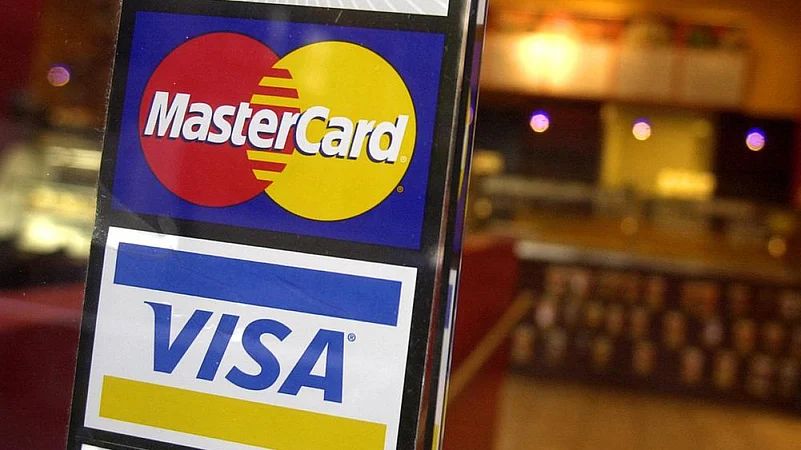The Reserve Bank of India (RBI) may soon allow credit cards issued by Mastercard and Visa to be linked to the nation’s Unified Payments Interface (UPI) payments system, according to a report by The Morning Context. At present, only select credit cards issued by RuPay, the card payment scheme launched by the National Payments Corporation of India (NPCI) in 2012, are allowed to be used on the UPI system.
Although UPI has been around in India since 2016, it was only recently that the RBI allowed credit cards to be integrated to the increasingly popular payment system. In 2022, India’s flagship payment system processed over 7,400 crore transactions, amounting to almost Rs 126 lakh crore, as per data released by NPCI. The quick adoption of UPI has been instrumental in India’s digital payments transformation.
Advertisement
An October 2022 circular issued by India’s central bank allowing certain RuPay credit cards to be linked to UPI system was seen as a move that will deepen the scope of UPI as well as increase credit card penetration in India.
In November 2022, fintech company In-Solutions Global Ltd (ISG) stated that the integration of credit card with UPI will result in a 30-fold increase in credit card acceptance. This is because UPI will open up 21 crore UPI QR payment terminals to credit cards in addition to the existing 70 lakh point-of-sale (PoS) terminals where credit cards are accepted.
Advertisement
RBI’s move also brings to discussion the improved monetisation potential of UPI transactions, with the integration of credit cards. UPI is deemed a public good by the Ministry of Finance, and as such, there exists not much scope for monetising UPI transactions. This has been a cause of worry for UPI-enabling apps and fintechs who have invested a lot in building the UPI QR-based payment ecosystem.
At present, the payments industry does not earn any merchant discount rate (MDR) or interchange fee—transaction fees levied by intermediaries in payment systems—on UPI transactions backed by debit card. However, the integration of RuPay credit cards with UPI included a provision that transactions above Rs 2000 will attract MDR, as applies to regular credit card transactions.
Further, this MDR will also be shared between the credit card issuer, UPI app and other payment providers involved in the transaction and settlement process. Fintechs involved in the country’s payment infrastructure will try to leverage the additional MDR revenue that will come in following the integration of Mastercard and Visa with UPI.
Mastercard and Visa have dominated global credit-card market for a long time. Before NPCI’s introduction of RuPay cards, the two enjoyed a virtual duopoly in Indian card network. In fact, the functioning of NPCI as a not-for-profit company is aimed at establishing an efficient homegrown payment infrastructure in India that is not dependent on foreign players.
Advertisement
In 2021, Mastercard had to suffer from an RBI ban on onboarding new customers. This was on grounds of non-compliance with the country’s payment data storage norms. However, the ban was overturned in 2022, but not before RuPay expanded its reach in the card market. It is estimated that RuPay has cornered as much as 20 per cent of the credit card network in the country.
Last year, when RuPay’s credit cards were given exclusive access to the UPI network, it was yet another blow for Visa and Mastercard. However, with the proposed move to include to Visa and Mastercard in UPI’s ambit, the global card companies will be looking to increase their credit penetration in the Indian market.
Advertisement
Now it remains to be seen whether RuPay can make use of the head start it’s received or whether the global card companies can exercise their duopoly in credit-based UPI transactions as well.















 Just one email a week
Just one email a week